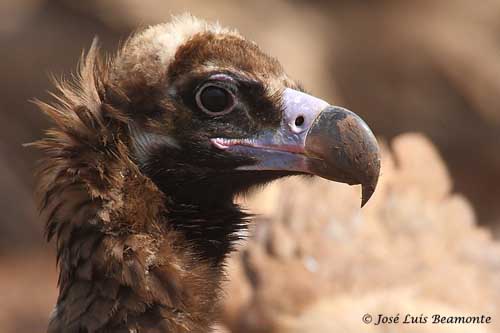
Text by Nicole Bouglouan
Photographers :
José Luís Beamonte
Pájaros de España
Didier Buysse
Vision d’Oiseaux
Ingo Waschkies
Bird Photography
Callie de Wet
GALLERY
Nicole Bouglouan
PHOTOGRAPHIC RAMBLE
Sources:
L’ENCYCLOPEDIE MONDIALE DES OISEAUX - Dr Christopher M. Perrins - BORDAS - ISBN: 2040185607
HANDBOOK OF THE BIRDS OF THE WORLD Vol 2 by Josep del Hoyo-Andrew Elliot-Jordi Sargatal - Lynx Edicions - ISBN: 8487334156
Page Accipitridae – List groups
Description of the Family Accipitridae
The Family Accipitridae includes ten natural groups of raptors such as kites, fish-eagles, Old World vultures, snake-eagles, harriers, sparrowhawks, hawks, buzzards, large eagles and booted eagles. They occur in the whole world.
Each group leads to the following, with physical similarities between the different species and identical hunting and nesting behaviour. The vultures are different. However, their nesting behaviour is very close to that of some eagles. And at the end, some raptors of the tenth group are very similar to others in the first one, at least in their appearance. For this reason, all these groups belong to the same family Accipitridae.

Aegypius monachus
These raptors are medium-sized to large, and both sexes have similar appearance, but female is usually larger than male.
They show variable plumage often with dark upperparts and paler underparts with some markings. The young birds have darker or paler plumage, but often more heavily streaked or spotted than adults.
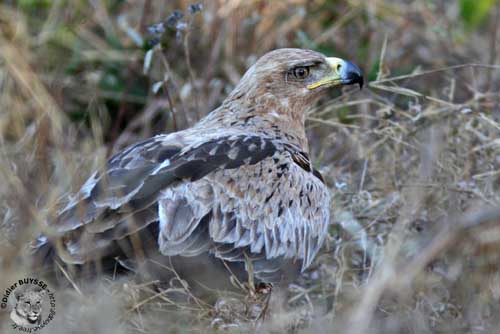
Aquila rapax
They hunt from perches or by soaring flight, and the prey is caught on the ground after rapid stoop. They usually take small to medium-sized mammals and birds, reptiles (lizards and snakes), amphibians, large insects, carcasses and carrion according to the habitat and the range. The fish-eagles feed on fish taken with the talons by low flight over the water or by snatching from the surface in shallow water.
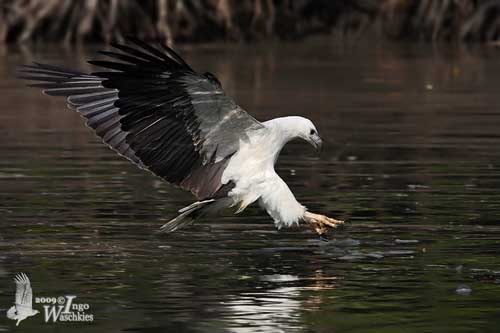
Haliaeetus leucogaster
They live in forested areas, dense or open woodland, clearings and forest edges, but several species are living in mountainous areas with cliffs, outcrops and rocky slopes, and can be seen at high elevation.
They breed in these habitats. They often perform spectacular flight displays, and defend strongly their territory and especially the nest-site. The stick nest is placed in large tree, sometimes on bushes but also in cliff faces. It is often lined with greenery. One or two eggs are laid, but usually, only one chick is raised. The smaller raptors may have more eggs and chicks. Both parents feed it and the young remains in the territory for some weeks or months more after fledging.
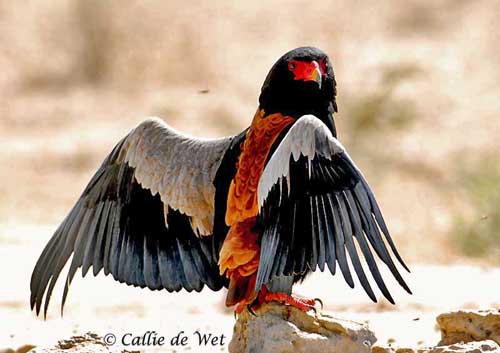
Terathopius ecaudatus
Numerous species are migratory and move to winter in warmer areas, or perform some altitudinal movements in winter. The large eagles and several booted eagles are resident, but the smaller raptors often spend the winter in more temperate regions.
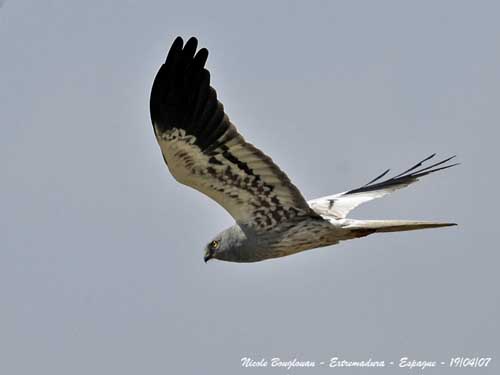
Circus pygargus
All the members of the family Accipitridae are threatened by deforestation and habitat loss, persecution, hunting, poisoning by pesticides or baits, lack of preys due to overhunting, and human disturbances.
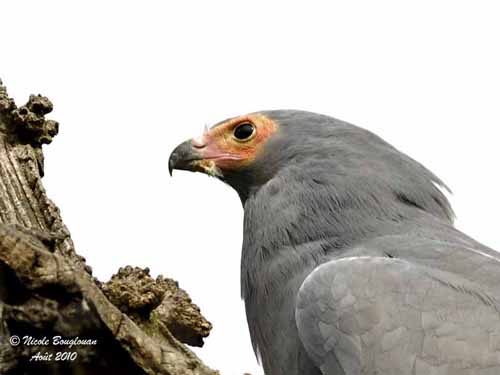
Polyboroides typus
Several large eagles are evaluated as Near Threatened, Vulnerable or Endangered species. Other birds of prey have adapted to changes in their habitat, and are able to take advantage of humans when they are established near villages or towns.
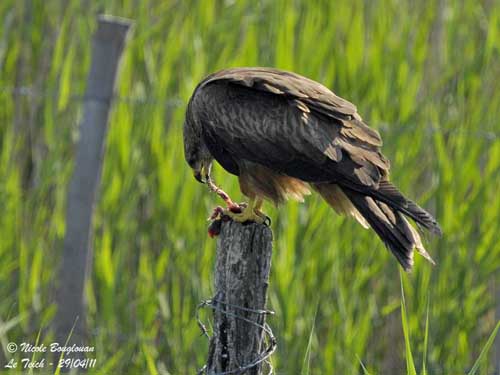
Milvus migrans
But numerous species suffer regular declines. In addition, the restricted range of some of them does not help to recover good numbers. The future of these beautiful birds is uncertain. Lack of trees for nesting and disturbances are the main threats for them.
In this world where humans want to be the masters, the wild birds have difficulties to live, and this situation endangers their future…